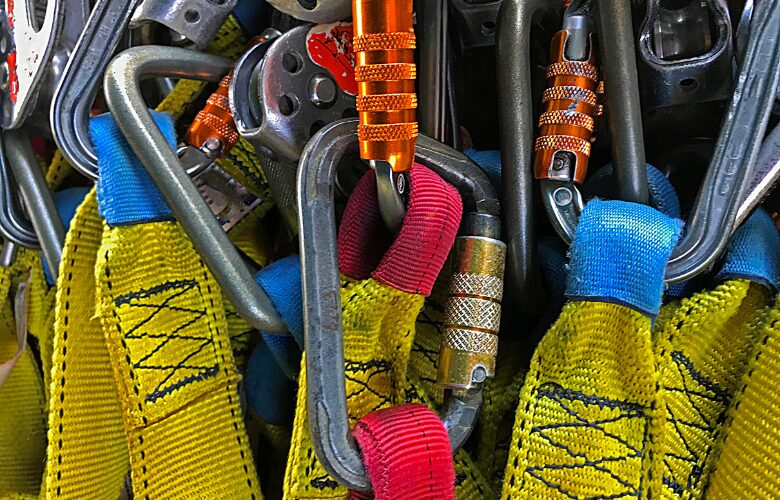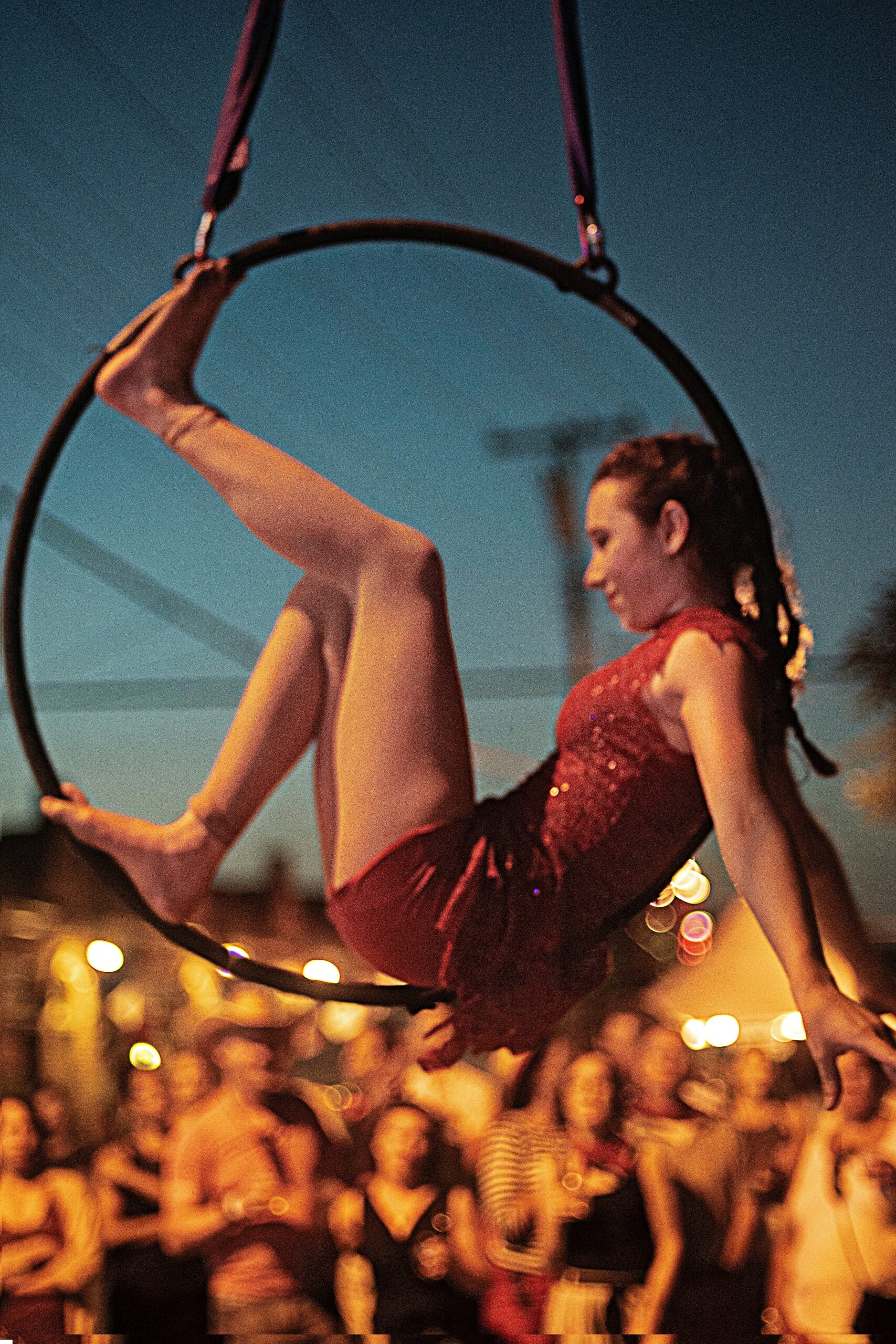Comprehensive Equipment Management for Rope Access and Entertainment Rigging

When it comes to the world of rope access, work-at-height, acrobatic rigging, and entertainment rigging, the safety and efficiency of operations hinge on one critical element: equipment management. Whether you’re performing complex aerial stunts in a live show or ensuring the structural integrity of a bridge, your gear must be in top condition. Here’s how to establish a robust equipment management process that not only meets industry standards but also ensures every performance or job is carried out without a hitch.
Depending on what you’re getting into, you may have different equipment management requirements based on legislation so always check with local regulation to see what is required. This is a bare minimum. If you can make it better, why not?
Standards that can make it better: ANSI Z359, ANSI Z459
IRATA International Code of Practice: ISO 9001, ISO 45001

The Importance of Equipment Management
In industries where the margin for error is razor-thin, the importance of meticulous equipment management cannot be overstated. From rope access technicians scaling wind turbines to riggers setting up intricate aerial apparatus for a Cirque du Soleil performance, having a reliable, systematic approach to managing equipment is essential.
1. Equipment Selection and Procurement
The foundation of a solid equipment management system begins with selecting the right gear. For rope access and entertainment rigging, equipment must not only meet but exceed the safety standards outlined by industry bodies like IRATA (International Rope Access Trade Association) and ANSI (American National Standards Institute).
Choosing the Right Suppliers: Equipment should be sourced from reputable manufacturers who provide certifications that meet international standards. For entertainment rigging, this might include rigging hardware, harnesses, and safety lines that are certified for human suspension and dynamic loading.
Specification Matching: Ensure that the equipment’s specifications align with its intended use. For example, ropes used in acrobatic performances need to be not only strong and durable but also flexible and smooth to ensure performers can execute their routines safely.
Traceability: All equipment should have unique identifiers—like serial or batch numbers—to ensure complete traceability from procurement to disposal.
2. Rigorous Inspection and Maintenance Protocols
Once the equipment is in your inventory, regular inspection and maintenance are crucial to prevent failures that could lead to accidents or costly disruptions.
Daily Pre-Use Inspections: Just as a rope access technician checks their gear before scaling a stadium, entertainment riggers must inspect all rigging equipment before a show. This daily check should focus on identifying wear, damage, or any irregularities that could compromise safety.
Scheduled Inspections: Beyond daily checks, a more thorough inspection should be carried out at regular intervals. This might mean every six months for rope access equipment or between major performances for entertainment rigging. These inspections should be conducted by trained professionals who can identify subtler signs of wear and tear.
Maintenance and Repair: Equipment that doesn’t pass inspection should be immediately removed from service. For rope access gear, this might mean discarding old harnesses covered in paint, while for rigging equipment, it could involve replacing worn cables or carabiners.
3. Safe Storage and Handling
Proper storage and handling extend the life of your equipment and maintain its reliability.
Optimal Storage Conditions: Whether it’s a rope, harness, or rigging hardware, equipment should be stored in a clean, dry environment, protected from sunlight and chemicals that could degrade materials.
Proper Handling Techniques: Mishandling can cause premature wear. Ropes should be coiled correctly, and metal components should be stored to prevent corrosion or accidental damage.
4. Training and Competency
Even the best equipment is only as safe as the person using it. Ensuring that all personnel are trained and competent in the use of their gear is a cornerstone of effective equipment management.
Training Programs: Training should cover not just how to use the equipment, but also how to inspect it and understand the implications of wear and damage. In entertainment, this might mean riggers are trained to recognize when a rigging setup is under too much strain.
Ongoing Assessment: Competency isn’t a one-time certification. Regular assessments ensure that your team remains knowledgeable and vigilant about the condition of their equipment.

5. Disposal and Replacement
Knowing when to retire equipment is just as important as knowing how to use it.
End-of-Life Criteria: Equipment should be retired based on manufacturer guidelines, frequency of use, and inspection results. For instance, a rope that has been involved in a fall arrest or shows significant wear should be cut up and discarded to prevent accidental reuse.
Documenting Disposal: Just as with procurement, the disposal of equipment should be documented to maintain a clear record of its lifecycle.
The best way that I’ve found to keep track of all of our gear is through an app called Scannable. www.scannable.io
Nick Creech would be happy to get you going. email: [email protected]
Conclusion
Whether you’re managing rope access equipment for industrial work or rigging gear for an acrobatic performance, a comprehensive equipment management procedure is non-negotiable. By adhering to industry best practices in selection, inspection, storage, training, and disposal, you not only comply with safety regulations but also ensure the success of every project and performance.
Back to Home
Editor's Note: At StageLync, an international platform for the performing arts, we celebrate the diversity of our writers' backgrounds. We recognize and support their choice to use either American or British English in their articles, respecting their individual preferences and origins. This policy allows us to embrace a wide range of linguistic expressions, enriching our content and reflecting the global nature of our community.
🎧 Join us on the StageLync Podcast for inspiring stories from the world of performing arts! Tune in to hear from the creative minds who bring magic to life, both onstage and behind the scenes. 🎙️ 👉 Listen now!
